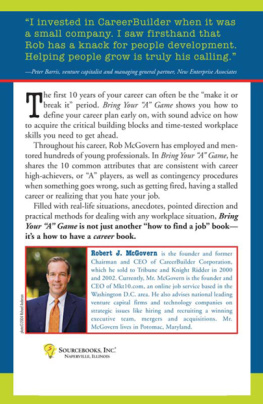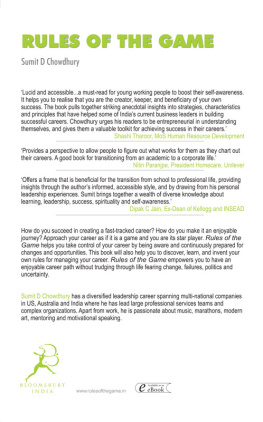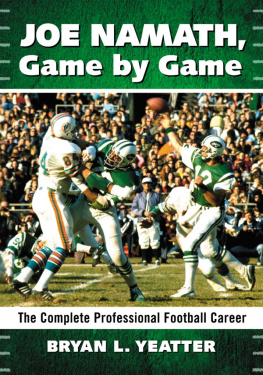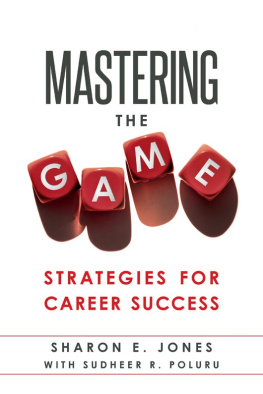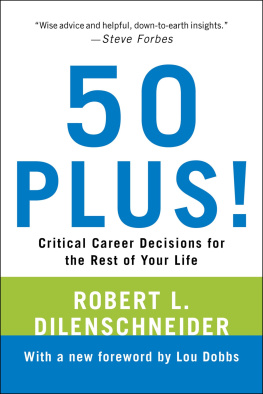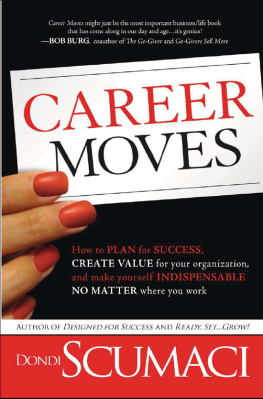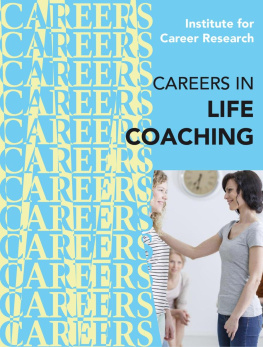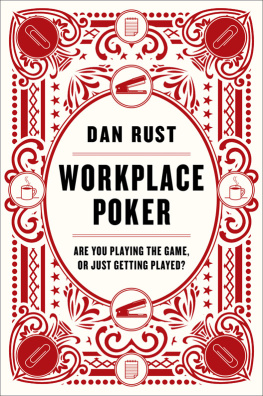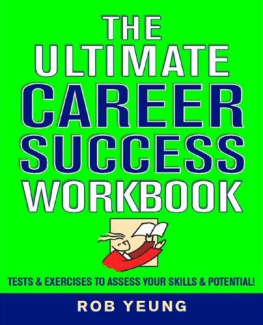Copyright 2005 by Robert J. McGovern
Cover and internal design 2005 by Sourcebooks, Inc.
Cover photo Corbis
Sourcebooks and the colophon are registered trademarks of Sourcebooks, Inc.
All rights reserved. No part of this book may be reproduced in any form or by any electronic or mechanical means including information storage and retrieval systemsexcept in the case of brief quotations embodied in critical articles or reviewswithout permission in writing from its publisher, Sourcebooks, Inc.
This publication is designed to provide accurate and authoritative information in regard to the subject matter covered. It is sold with the understanding that the publisher is not engaged in rendering legal, accounting, or other professional service. If legal advice or other expert assistance is required, the services of a competent professional person should be sought. From a Declaration of Principles Jointly Adopted by a Committee of the American Bar Association and a Committee of Publishers and Associations
All brand names and product names used in this book are trademarks, registered trademarks, or trade names of their respective holders. Sourcebooks, Inc., is not associated with any product or vendor in this book.
Published by Sourcebooks, Inc.
P.O. Box 4410, Naperville, Illinois 60567-4410
(630) 961-3900
FAX: (630) 961-2168
www.sourcebooks.com
Library of Congress Cataloging-in-Publication Data
McGovern, Robert J. (Robert John)
Bring your A game : the 10 career secrets of the high achiever / Robert J. McGovern.
p. cm.
Includes index.
ISBN 1-4022-0516-3 (alk. paper)
1. Career development. I. Title.
HF5381.M39628 2005
650.1--dc22
2005016585
Printed and bound in Canada.
WC 10 9 8 7 6 5 4 3 2 1
To Grant and Meghan.
Dad loves you more than words can say.
Acknowledgments
This book would not have been possible without the help of five extraordinary women.
My wife, Nancy, was a patient and encouraging force throughout the two years that it took to undertake this project. She had already established herself as a great partner in my executive, entrepreneurial, and parenting endeavors and she can now add this book to our list of joint accomplishments. From helping to pick titles, to keeping the kids out of the study as Dad suffered through another round of writers block, she was always there.
My editor, Tracy Quinn McLennan, was a dream partner for this first-time author. She played the roles of cheerleader, taskmaster, researcher, editor, fellow Red Sox fan, and good friend each and every day weve been a team. When I first hired Tracy as my editor I sent her a copy of an early manuscript. After a few days I called her for a reaction, and hearing her hesitation I sheepishly asked if any of the 50,000 words were salvageable. Her answer: Of course; theyre just all in the wrong order. Tracy, thanks for helping me get it right. This book is as much yours as it is mine.
Two of my former employees helped me formulate my thoughts and hone the focus of the book. Kate Dawson, my friend and favorite idea person, helped me with research and content. My friend, Laura Boswell, a very talented freelance writer and a cool person, was a great sounding board. She also helped me find the courage to take on this formidable undertaking.
Lastly, I am the product of a very talented entrepreneur. My mother, Shirley, was born into a fatherless family in the inner city of Philadelphia. She never completed high school yet somehow managed to become a very successful real estate business owner. She did this while raising three kids as a single mother. There has never been a day in my life when I havent felt her guiding and sometimes nudging hands behind me saying, You can do it; anything is possible. Somehow saying thank you just doesnt seem enough.
Introduction
Before I begin giving you advice about your career, its only fair that I tell you a bit about mine. In 1983, the summer after I graduated college, I embarked on a year-long training program to become a sales engineer with the Hewlett-Packard Company at their Palo Alto, California campus. To say that I was feeling inferior is a huge understatement. The name tags worn by the other students confirmed my worst fears: almost everyone in the class was from a prestigious school like Harvard, MIT, Stanford, or Berkeley. Hewlett-Packard has long been affiliated with top-tier schools; their corporate headquarters are on Stanfords campus. I, on the other end of the spectrum, had just graduated from a public university with an undergraduate degree in business administration, and I was sure I was the token state school kid in the class. I only made it there for one reason: I was a co-op student at IBM during my senior year and had gained experience working with computers. HP was trying to transform itself into a computer company, and there were few of us around back then who had actual hands-on experience.
All of my fears were amplified as I sat in the auditorium. Waiting for the class to begin, I observed that many people seemed to know each other. It was my first lesson in the old boys network. The second lesson came during the first presenters talk. He made an off-hand joke about UC Berkeley engineers clearly he was one of the Stanford guysthat drew raves from his fellow alumni. In the back of my mind, I was saying a private prayer that they wouldnt be collecting SAT scores.
Throughout the first week of training it was clear that these were special people; they dressed better, studied more efficiently, asked better questions, and even paid attention better than any student Id shared a classroom with. If you were to make a wager on who would be successful in the class, I doubt you would have placed a bet on me. These were some of the most impressive people from the best schools in the country. It was their destiny to succeed.
Your bet would have paid off handsomely during the next few years as we launched our careers. In the early-going, these prestigious alumni connections and contacts helped them find plum positionswhich meant better exposure, which led to a faster start. And then a funny thing started to happen. An invisible force seemed to even things out. Their auspicious starts were no more promising than mine.
When I look back and think about my peers, friends, former employees, and contacts who were loosely in my age group, there didnt seem to be a correlation between how much ivy grew on their schools and their success. Sure, they got a great education, but something else was determining whether these people succeeded or failed in their career mission. For most of my career Ive been busy building successful teams, organizations, and businesses, and all the while this achievement gap has grown into a sort of obsession. If its not education, what makes people successful? What makes the superstar tick? Youll find those answers here, in this book.
But let me backtrack. The first eighteen years of my career went something like this. For ten years I rose through the ranks of Hewlett-Packard, both in the U.S. and Europe. From there, at the age of thirty-three, I went to work for a mid-sized software firm as general manager of a $200 million, 200-person division, where I learned how to run my own business unit without the safety net of a large corporation. I participated in the sale of that company, which went to our largest competitor, for $2 billion. At age thirty-five I started my own company, CareerBuilder, eventually employing 400 people and earning $145 million in revenues. CareerBuilder is now the Internets largest career site, with more than fifteen million visitors per month. After a seven year company-building effort, I sold CareerBuilder to two of the nations largest media companies in transactions valued at several hundred million dollars.

